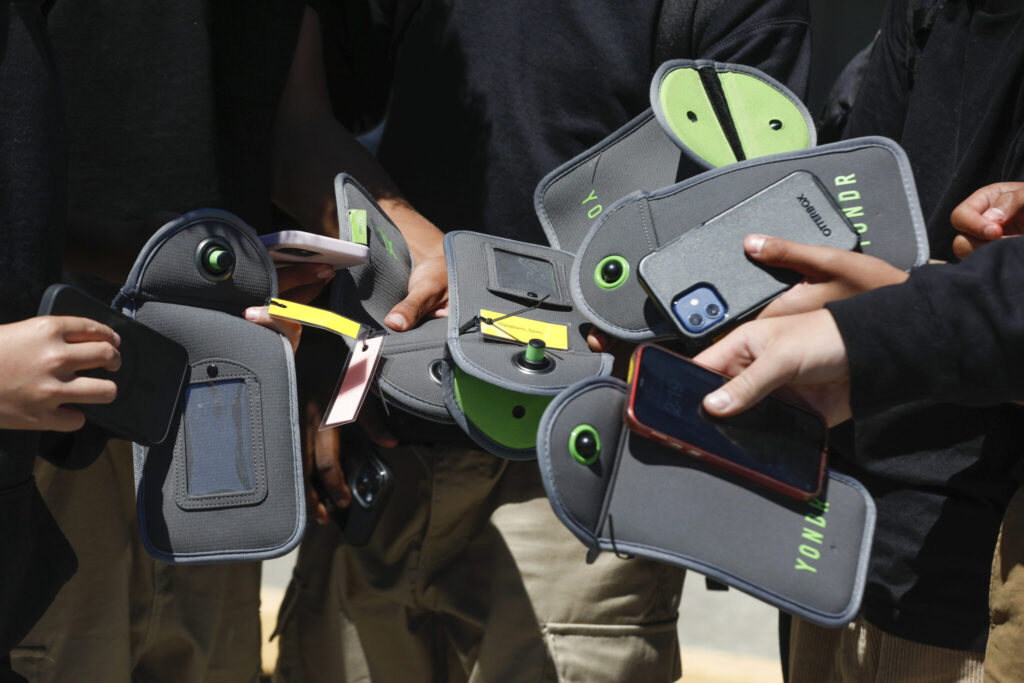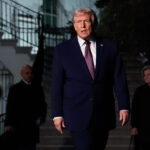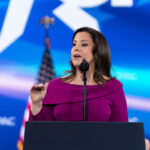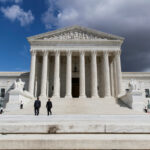The recent school shooting at Apalachee High School in Georgia, which left four dead and nine injured, has reignited debates over the banning of cellphones in schools. While many schools restrict phone use to limit distractions and improve mental health, critics argue that these bans cut off a crucial line of communication for students during emergencies. In the Apalachee shooting, students used their phones to send messages to loved ones, highlighting their importance during crises. Advocates of phone bans, however, warn that using phones during emergencies could create distractions and potentially endanger students. The shooting has prompted renewed discussions on how to balance safety and communication in schools.
Quick Read
- Shooting Incident: A school shooting at Apalachee High School in Georgia left four dead and nine injured.
- Student Communication: Students used their cellphones to communicate with loved ones during the shooting, sending messages they feared could be their last.
- Cellphone Bans: The incident highlights concerns about school cellphone bans, which are being implemented to limit distractions and improve mental health.
- Critics of Bans: Opponents argue that banning phones cuts off vital communication during emergencies, such as school shootings.
- Safety Concerns: Advocates of phone restrictions believe phone use during emergencies could distract students and put them at more risk.
- Debate Continues: The shooting has reignited discussions on how to balance the need for safety with parents’ desire for communication access during crises.
Georgia school shooting raises concerns about classroom cellphone bans
Newslooks- Georgia- (AP)
As gunfire echoed through Apalachee High School, students huddled in classrooms and used their cellphones to send desperate messages to loved ones. One student texted her mother, “I love you. I’m sorry I’m not the best daughter.” The Georgia school shooting, which left four dead and nine injured, has ignited debates about banning cellphones in schools, with critics arguing that such bans prevent students from communicating during emergencies.
Cellphone restrictions have gained traction as school officials seek to curb distractions and protect students’ mental health. But after the shooting, some parents and advocates have raised concerns that phone bans cut off a critical line of communication during crises. Keri Rodrigues, president of the National Parents Union, said, “Parents cannot rely on schools to effectively communicate with us in times of emergency.”
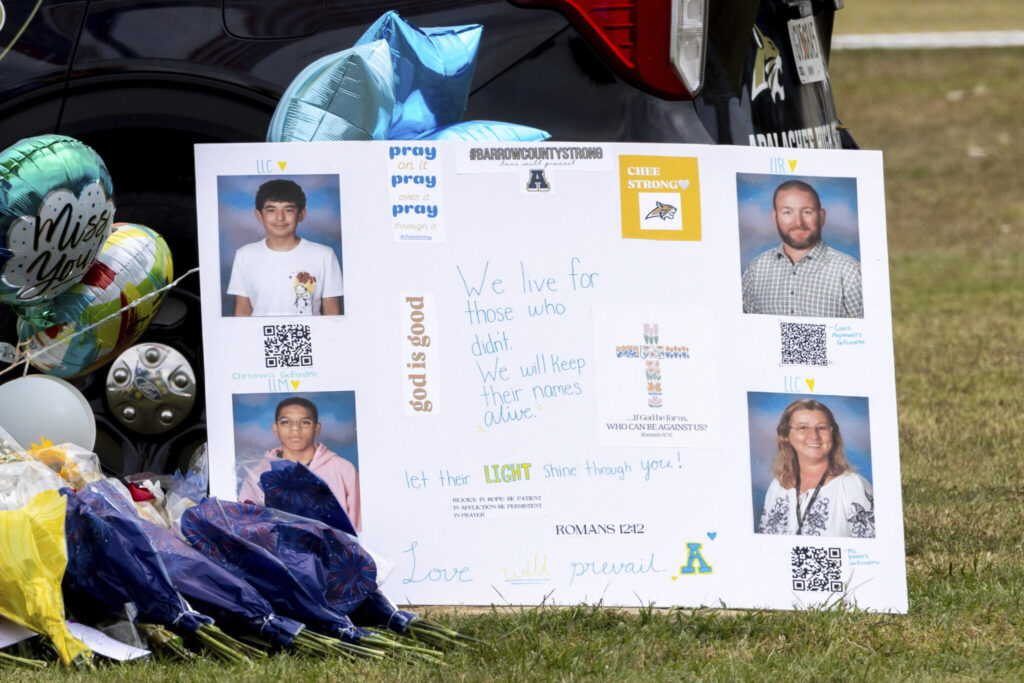
Nationwide, 77% of schools prohibit phones for non-academic use, but enforcement varies. In response to concerns, state governors, including Arkansas’ Sarah Huckabee Sanders and California’s Gavin Newsom, have supported restricting phones in classrooms. Newsom noted that cellphones in class are akin to “bringing a TV into the classroom and disrupting quality academic time.”
In the aftermath of the Apalachee shooting, students’ reliance on their phones for communication is evident. Some advocates, however, warn that phones can be a distraction in emergencies, potentially putting students at greater risk by making them miss critical instructions from teachers. Kim Whitman, co-founder of the Phone-Free Schools Movement, said, “If my child missed guidance from the teacher because they were distracted by their phone, that’s a worse scenario.”
Grand Island Senior High in Nebraska implemented a phone ban while acknowledging parental concerns. Jeff Gilbertson, a former principal, explained that students are coached to keep phones silenced during lockdowns to avoid revealing their location.
In past school shootings, such as the 2022 Uvalde and 2018 Parkland attacks, students used phones to alert authorities and share real-time updates. Broward County, Florida, where the Parkland shooting occurred, requires students to store phones in airplane mode, but parent Brandi Scire, who lived through that tragedy, insists her daughter keeps her phone on for safety. The Apalachee shooting has reignited discussions about the balance between maintaining school safety and ensuring students can stay connected during life-threatening events.

